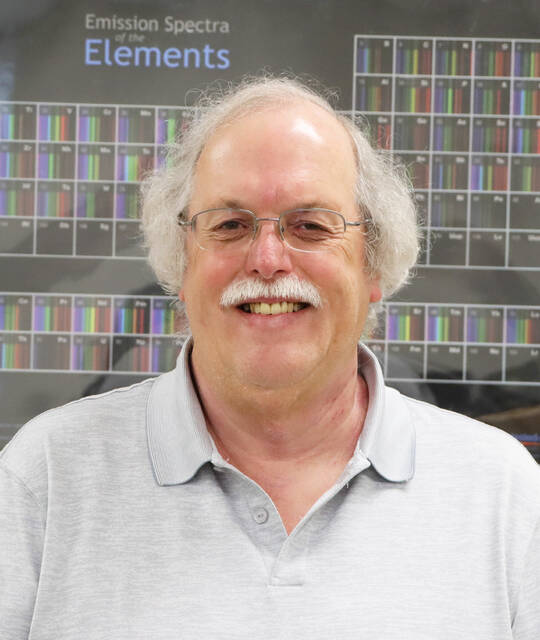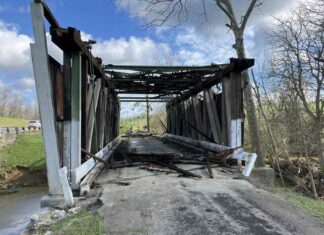Visitors to Cummins Nature Preserve on Friday, Aug. 12, will find shooting stars aplenty while we view the Perseid Meteor Shower.
The Perseid greets stargazers every year from mid-July to late August. According to the American Meteor Society, this year it will peak between Aug. 11 and 12.
Scott Miller, associate professor of science at Maysville Community and Technical College, will speak at 8 p.m. about the cause of meteor showers before the show begins. He and Clay Graves, a graduate of Morehead State University’s esteemed Space Science and Astrophysics Department, will have telescopes set up to view other objects in the night sky, including binary stars, nebulae, constellations and stories behind them, and a later view of the planet Saturn.
The brightness of the full moon on Aug. 11 will complicate viewing the meteor shower’s peak which is why the telescopes will come in handy.
Under a dark sky, a viewer can see shooting stars any night of the year, anywhere from two to seven an hour; meteor showers are highly anticipated because there are so many at once. The Perseids brings 50-100 shooting stars per hour at its peak.
The Perseids will begin to wane between Aug. 21 and Aug. 22 and will stop completely by Sept.1.
By the time observers can see a star shooting across the sky without the aid of any viewing equipment the star is within about 4,000 light years of planet earth; meaning it is being seen as it was 4,000 years ago.
This is an amazing educational experience for youngsters and their families, organizers said. Visitors are encouraged to bring a lawn chair and come on out. Camping is available and suggested as the hour will be late when the event is over.
Science teachers in the region are encouraged to attend and offer start of the school year bonus points for students that attend.






